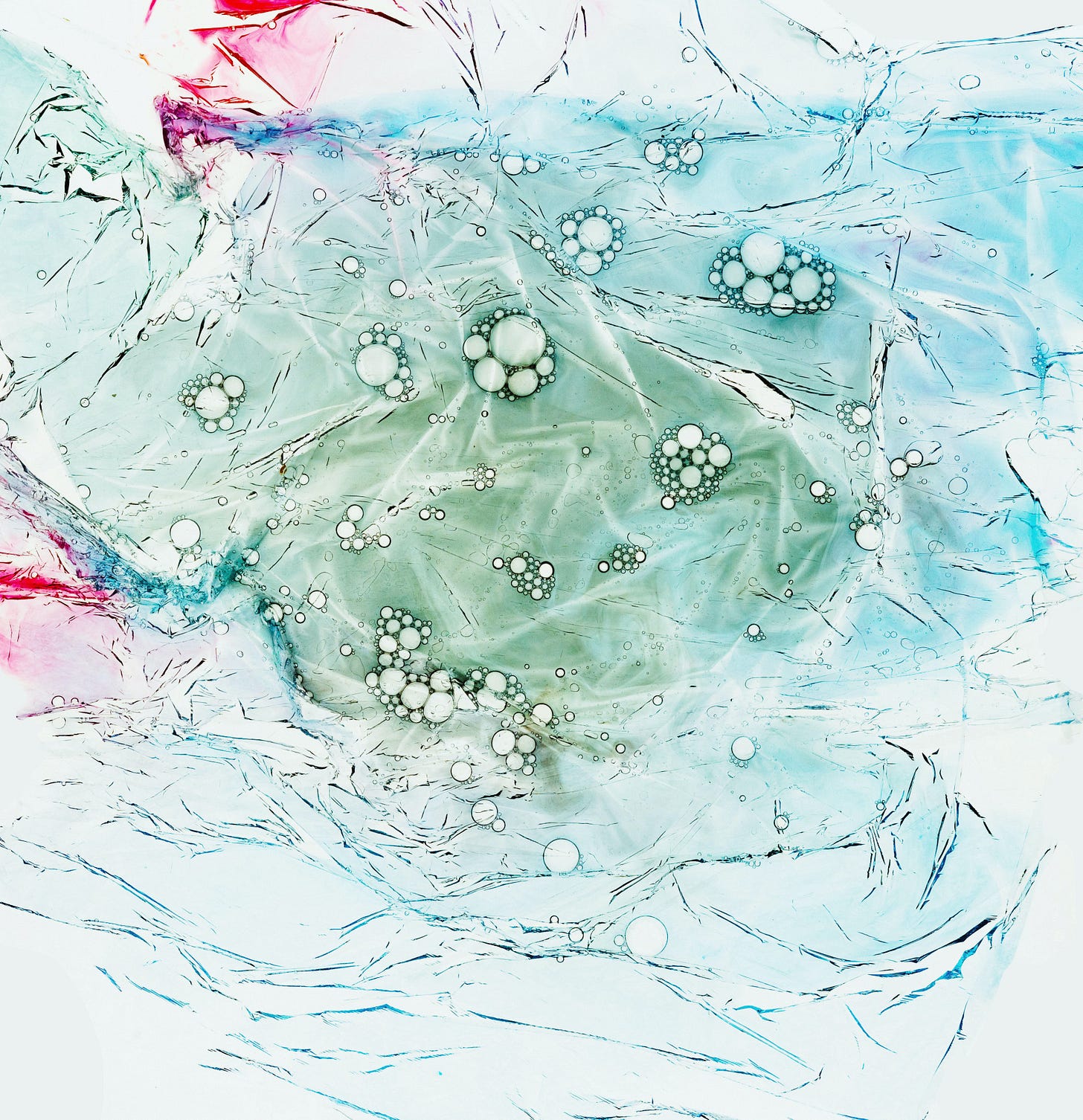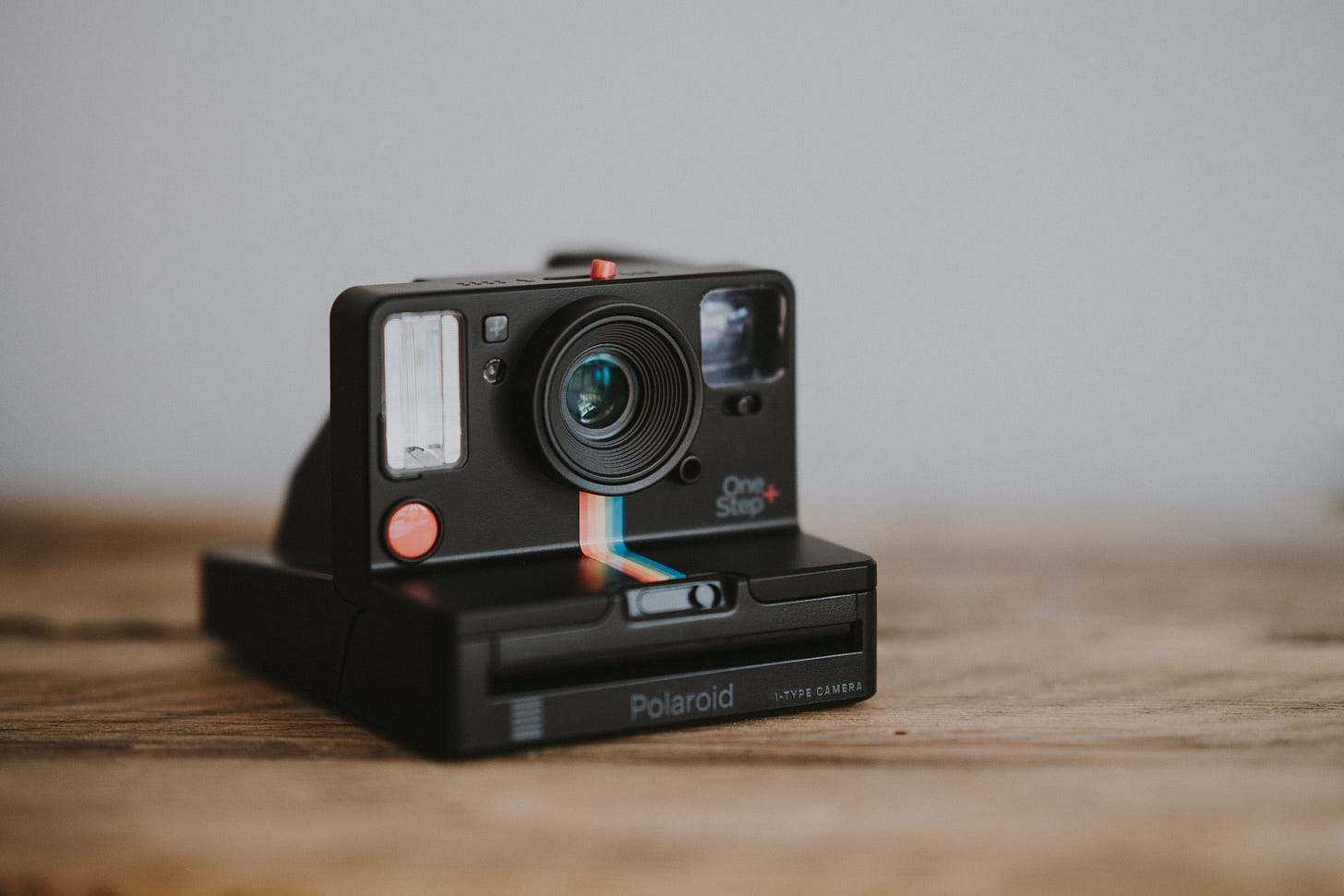What can the invention of instant photography teach us about creativity?
The art and science of intuition and experimentation

In 1943, in New Mexico, Edwin Land, American inventor and entrepreneur (the so-called ‘Magellan of modern technology’) was holidaying with his family. While out with his three-year-old daughter Jennifer, Land took her photograph; when she asked to see it, he explained she’d have to wait several days until the image was developed. Why can’t I see it now? Jennifer asked. This seemingly simple question—this young child’s why?—was to precipitate a creative and scientific enquiry for Land that would impact enormously on his life and work. It led to his invention of the Polaroid camera and the birth of instant photography that, arguably, laid the ground for the instantaneity of social media (especially the phenomenon of the selfie) in the following century.
The story goes that, immediately after his conversation with Jennifer, Land went for a walk. He recalled later that ‘within an hour the camera, the film, and the physical chemistry became so clear’ that he began talks with his legal adviser about a possible patent for a camera that could produce a photographic image on the spot.
Yet there was nothing instant about the insight that led to Land’s invention.
Crucially, Jennifer’s ‘casual question’ (as biographer Victor K McEleheney describes it) was ‘put to a prepared mind.’ Land’s prior scientific work and experimentation with polarisers, lenses and filters laid the foundations for his insight, so that when the question arose, he was ready; his psyche joined the dots and connected the separate parts. One chance comment—that landed while he was in a space of fertile curiosity—nudged him to see something differently. Ultimately, it enabled the world to see something differently. Land’s legacy was the innovation in photography that cut down on waiting.
Paradoxically, it would take four more decades for the Polariod camera to become a viably commercial enterprise and an invention so widespread that it shaped the development of modern technology, specifically photography, in the rest of the twentieth century and beyond.

What I love about this story is the way it exemplifies some of the key components of creativity.
There is the preparation phase. Before Land’s ‘big breakthrough’ moment came a foundation of knowledge, experience and, often dull, repetition. This kind of preparation is necessary so that when the realisation occurs, it acts as a lightning rod, pulling the creator, who is in a state of readiness, not only into a future vision but an awareness of how that vision can be realised. In this stage of preparing, we need to be receptive to the situations and people around us, alert to possibility, intuitively sensing the vision even if it is not possible to catch hold of it.
Then there is the key insight in itself—prompted, in Land’s case, by the directness of his daughter’s question—that question that is the foundation of all creative endeavours: why? (and related to that: so what?)
Most important, perhaps, is the phase of experimentation that comes after the insight: the trying and failing that must follow the flash of intuition or inspiration.
Effectively, Land saw a problem or an opportunity (in this case, to find a way to develop a tiny mobile dark room within the mechanisms of the camera itself) and applied creative problem-solving to address it. It’s significant that the solution came to him not while he was plugging away at work in the laboratory but when he was relaxed and perhaps more open to innovation.
Sometimes, what stops us moving forwards with any creative endeavour or decision is the need to know everything first. We want to master the skills involved and don’t want to risk putting anything out there before we know all the things. We want to make the right decision; we don’t want to risk ‘wasting’ our chances in doing it wrong or by following a false trail.
What happens if we respond to that impulse in a spirit of curiosity, as though it was an experiment?
What if we apply a method of continual testing and review to discover the best way forward, rather than assuming we already have all the knowledge already—or, waiting until we acquire it?
Recently, I had a conversation with a friend, an entrepreneur who wanted to grow her email newsletter list but was stuck with how to approach it. Her problem, she realised, was that she didn’t want to contribute to the huge amount of digital white noise she saw out there; her desire was to create something of value for the customers she was serving. In addition, the thought of writing made her feel heavy—like an obligation or a chore. She couldn’t feel a connection between making the thing in the short term and its long-term benefit. We spoke about the need for play, for it to feel fun, and landed on a plan to treat it as an experiment: she would implement the suggestions we’d come up with (finding a simple structure for the writing, focusing on just one issue at a time, setting a time limit for the writing to prevent the inner critic kicking in) and review her progress after an agreed length of time.
Experiment; test; implement. It’s as simple as that.
When we’d finished talking, my friend had committed to treating the creative process as an experiment. She was genuinely excited about sitting down to map out all her ideas and tackle them in small chunks that wouldn’t be overwhelming to herself or to anyone else.
For me, this place, where intuition meets experimentation, is the intersection of art and science—indeed, like photography itself.
In the desire to act or express creatively, we might feel a pull, something we want to invent or create. That’s the vision. Then, step by step, we create a container in which we can make it, slowly, though repeated action that is fuelled by curiosity. We apply the science of doing to the vision that comes from a place of being and seeing.
That container might consist of units of time; it might be organisational or logistical structures. But one thing is for sure: that container won’t be properly robust without a prior clearing of the ground, the acquisition of knowledge, a process of enquiry and deep listening to our intuition to provide potential answers. We see, feel, reflect and intuit. Then, we test, not accepting the first answer that comes along but refining and honing until our creation speaks more closely to that vision of what we wanted to make in the first place.
Key source: Victor K McEleheney, Insisting on the Impossible: The Life of Edwin Land, Inventor of Instant Photography



